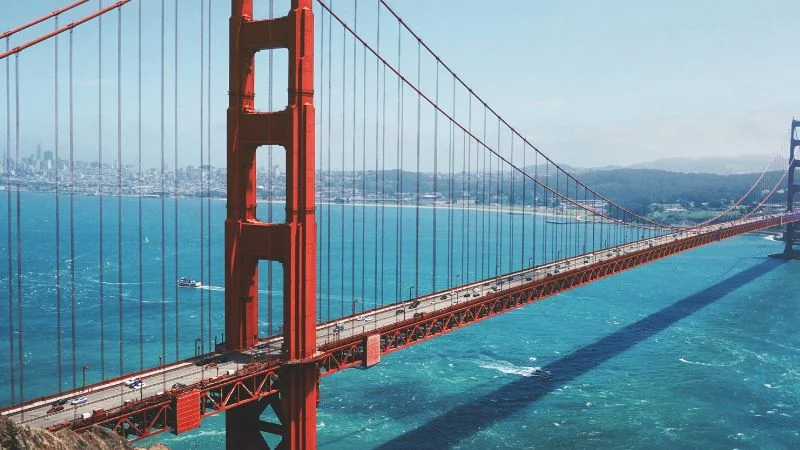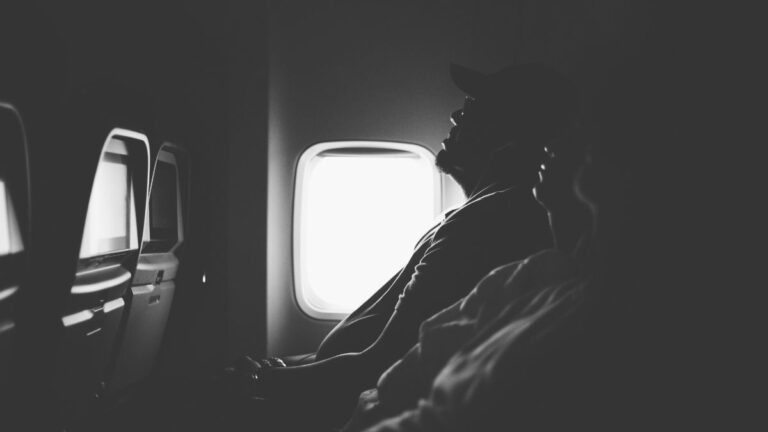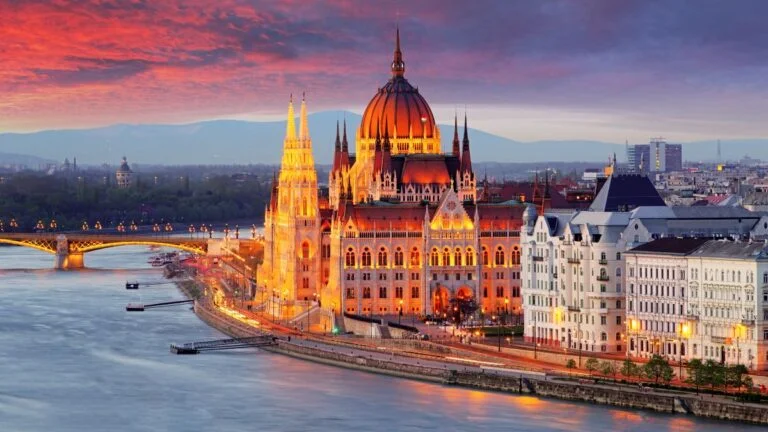10 Unique Places You Need to Visit in San Francisco

As participants in Amazon Associates and other programs, we earn from qualifying purchases. This comes at no additional cost to you. For more details, see our Affiliate Disclosure.
San Francisco, with its iconic bridges, historic streetcars, and rolling fog, invites exploration beyond the well-known attractions like Alcatraz and Fisherman’s Wharf. This vibrant city harbors hidden gems ranging from secluded gardens and quirky museums to historic ships and innovative art spaces. Our guide to ten unique places in San Francisco will take you off the beaten path and into the heart of the city’s diverse neighborhoods and rich cultural tapestry, ensuring a memorable visit that captures the true spirit of this dynamic city.
The Wave Organ
The Wave Organ is a unique acoustic sculpture located on a jetty in the San Francisco Bay. Created by artist Peter Richards and sculptor George Gonzales in 1986, this art installation captures the sounds of the ocean waves through a series of PVC pipes and concrete tubes, creating a symphony of natural sounds that vary with the tides.
16th Avenue Tiled Steps
The 16th Avenue Tiled Steps project is a beautiful, community-created mosaic running up the steps at Moraga Street between 15th and 16th avenues. Local neighbors funded this colorful project, which features a flowing sea to sky design, making it not only a popular spot for photos but also a delightful climb with panoramic views of the city at the top.
The Sutro Baths
The Sutro Baths, once a large, privately owned public saltwater swimming pool complex, are now haunting ruins at the edge of the Pacific Ocean. Built in the late 19th century and destroyed by fire in 1966, the ruins provide a glimpse into San Francisco’s leisurely past and offer dramatic ocean views, especially at sunset.
Camera Obscura
San Francisco’s Camera Obscura, one of the few remaining devices of its kind in the world, offers a 360-degree live view of the Seal Rock Area. Housed in a building shaped like a giant camera, this historic optical device, based on a 15th-century design by Leonardo da Vinci, projects images of the surrounding area onto a viewing table inside a darkened room.
The Magic Bus Experience
The Magic Bus Experience immerses participants in the 1960s San Francisco counterculture through a colorful, multimedia bus tour. This journey through time includes music, video projections, and live narration, taking visitors from the Summer of Love in Haight-Ashbury to the civil rights movements at City Hall.
Musée Mécanique
Musée Mécanique is a hands-on museum of 20th-century arcade games and mechanical instruments, located on Fisherman’s Wharf. This free-to-enter collection features everything from vintage pinball machines to orchestrions and love testers, all operational with a pocketful of quarters, offering a nostalgic trip into the world of coin-operated entertainment.
The Presidio’s Pet Cemetery
The Presidio’s Pet Cemetery, nestled under the shadow of the Doyle Drive overpass, offers a sentimental glimpse into the lives of military families who once lived in the area. This small, fenced-off area contains graves of beloved pets, marked with hand-made memorials, reflecting decades of companionship and love.
Fort Point
Fort Point is a historic Civil War-era fort located at the southern side of the Golden Gate at the entrance to San Francisco Bay. This well-preserved military fortification offers not only a history lesson with its exhibitions and preserved architecture but also stunning views of the Golden Gate Bridge and the bay.
Clarion Alley Mural Project
The Clarion Alley Mural Project showcases a dynamic collection of social and politically inspired murals painted by local artists in the Mission District. This constantly evolving public art space reflects the city’s diverse community and cultural activism, making it a critical stop for those interested in contemporary social issues and community art.
The Octagon House
The Octagon House, built in 1861 and now managed by the National Society of The Colonial Dames of America, is one of the few remaining eight-sided houses in the U.S. This architectural curiosity, restored to its historical appearance, contains a notable collection of colonial furnishings and decorative arts, illustrating the domestic life of early America.






